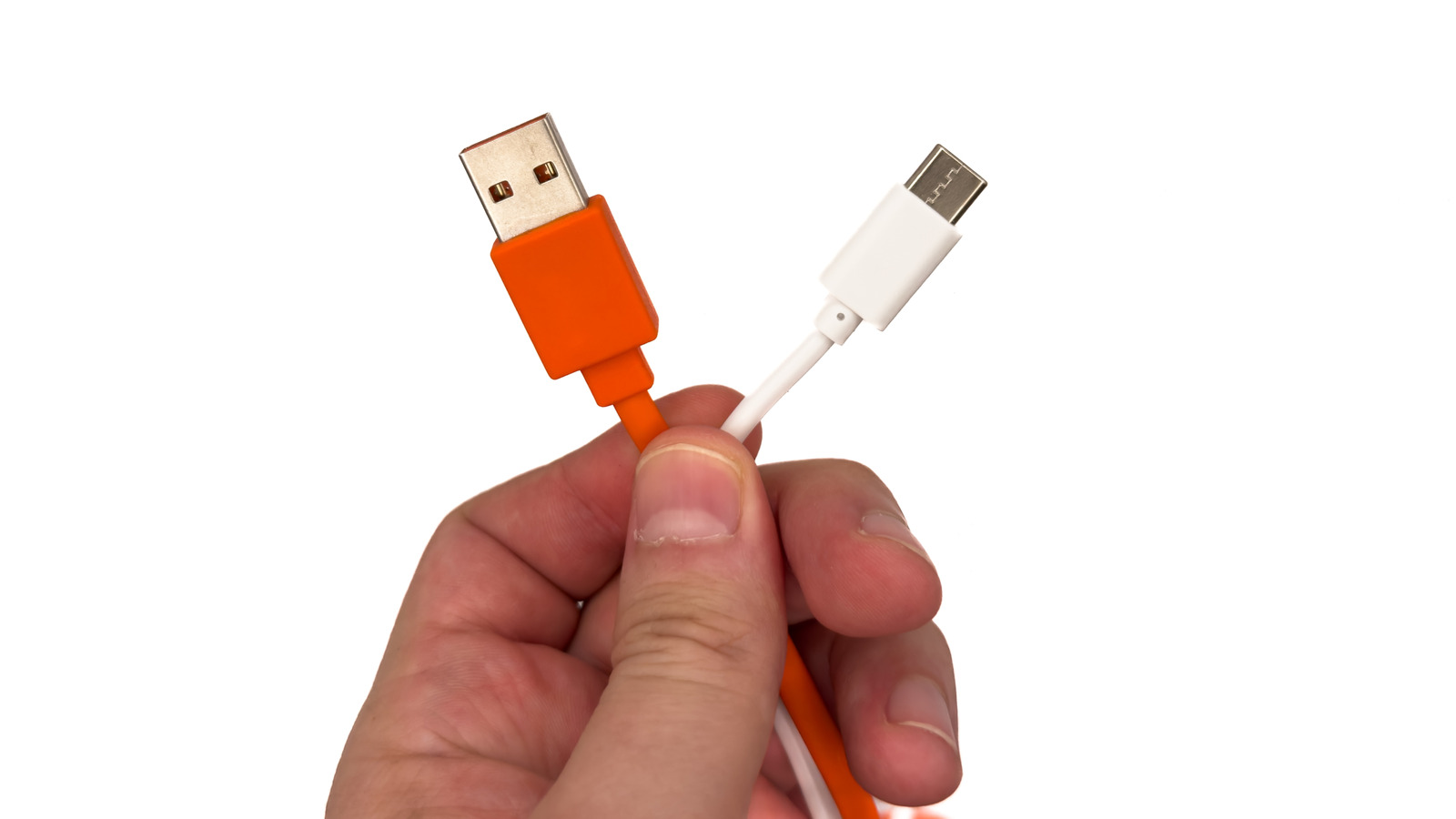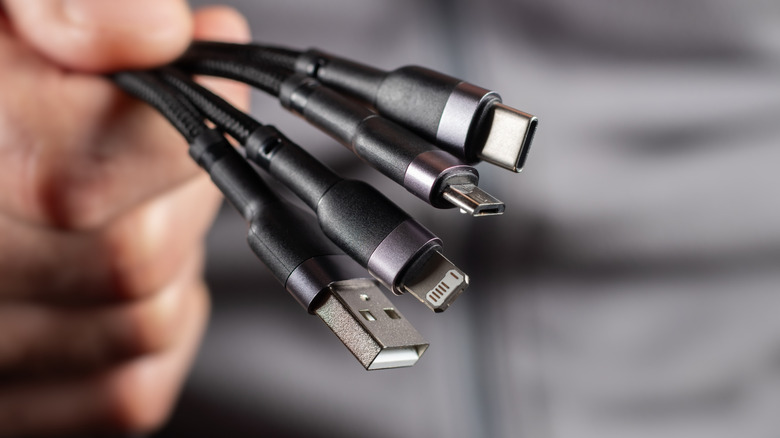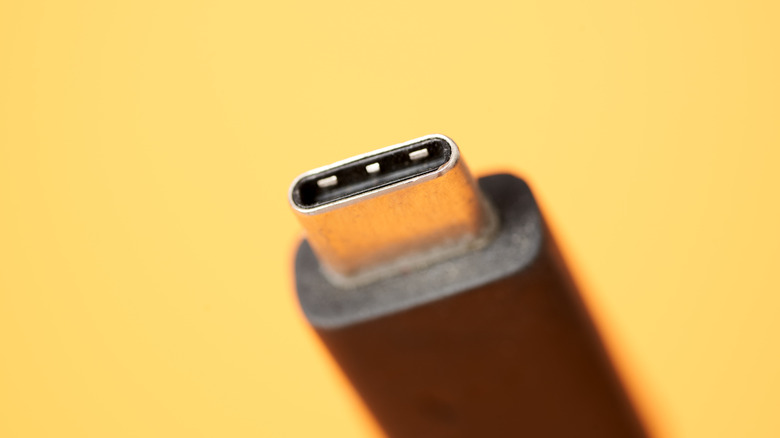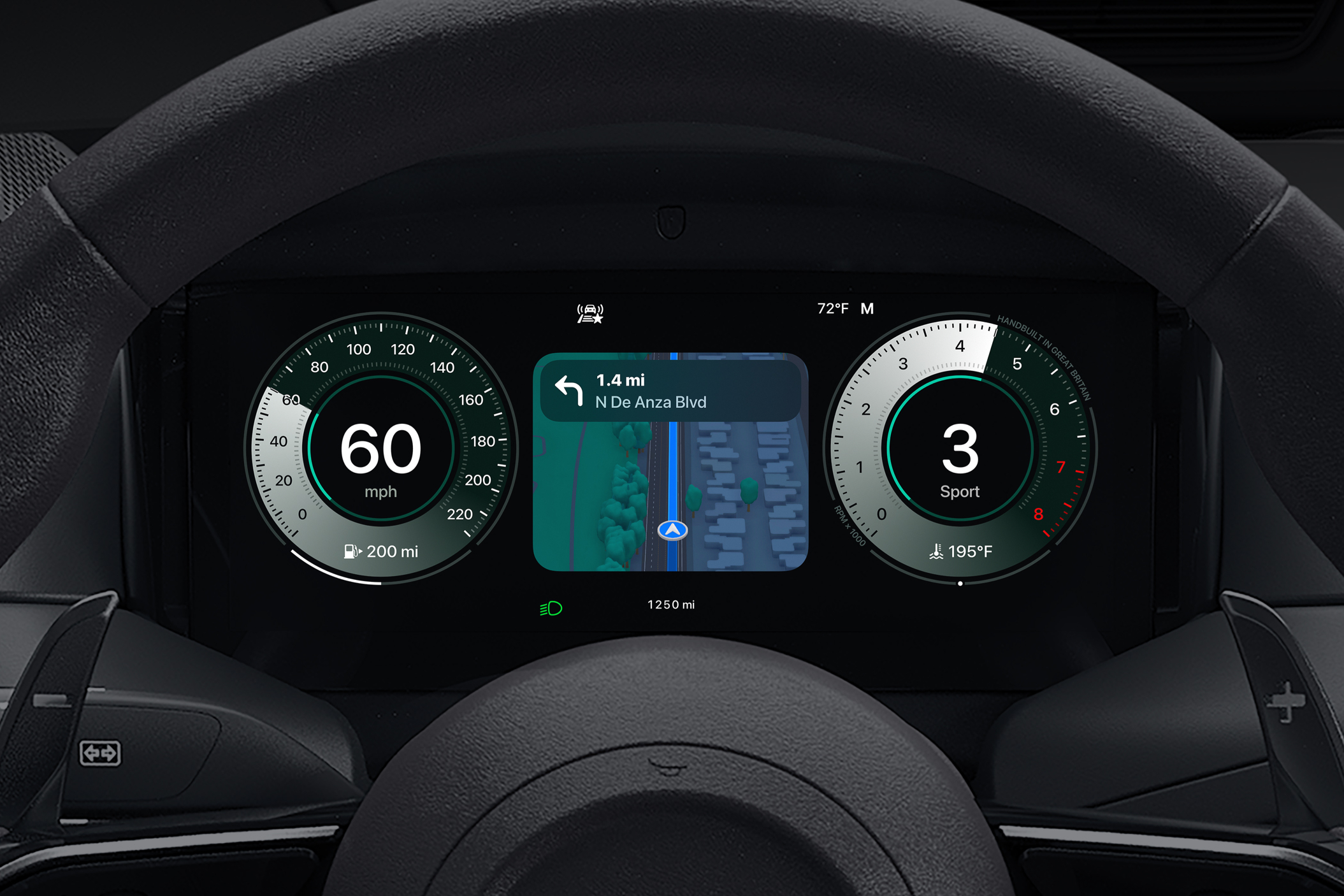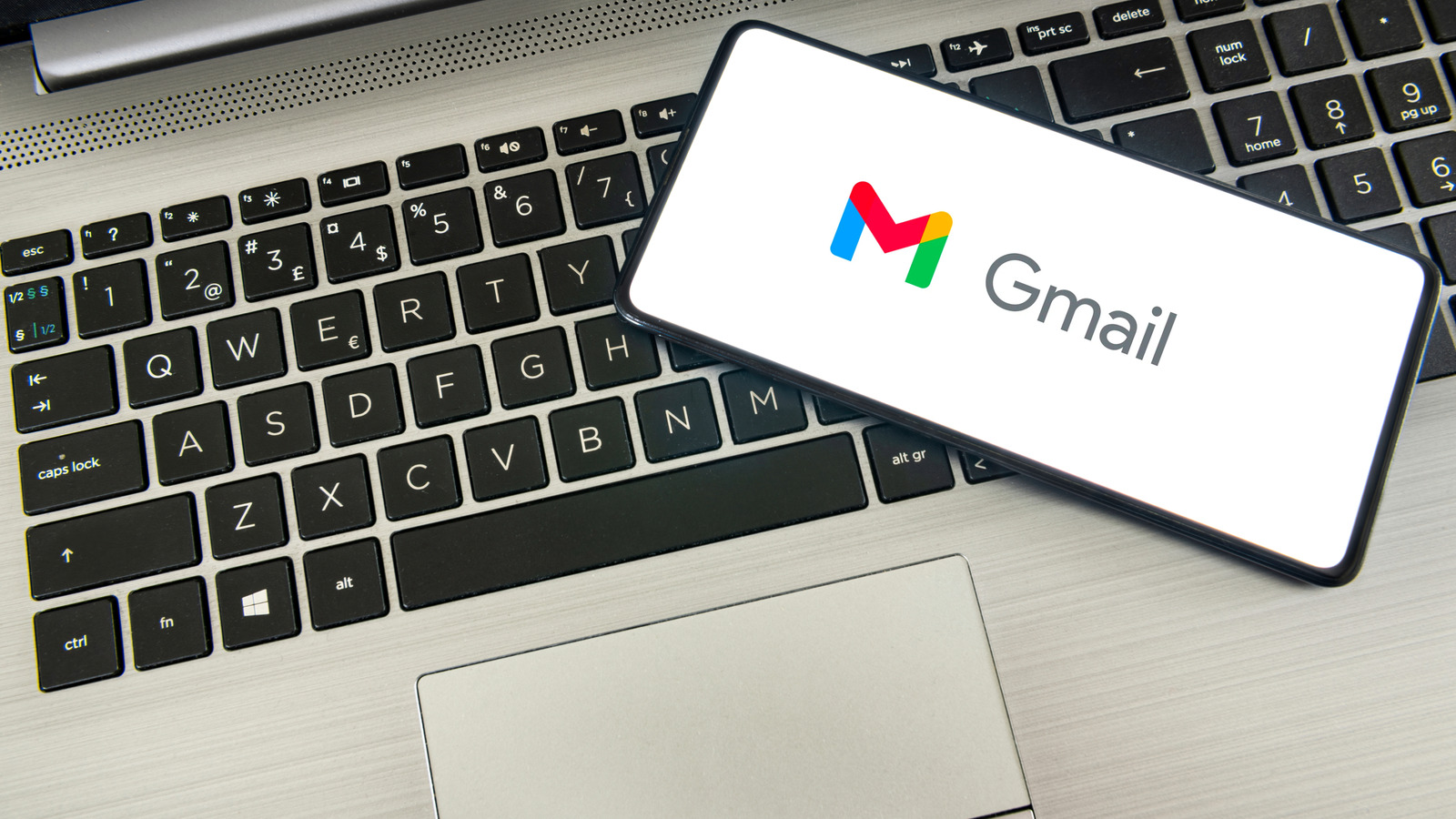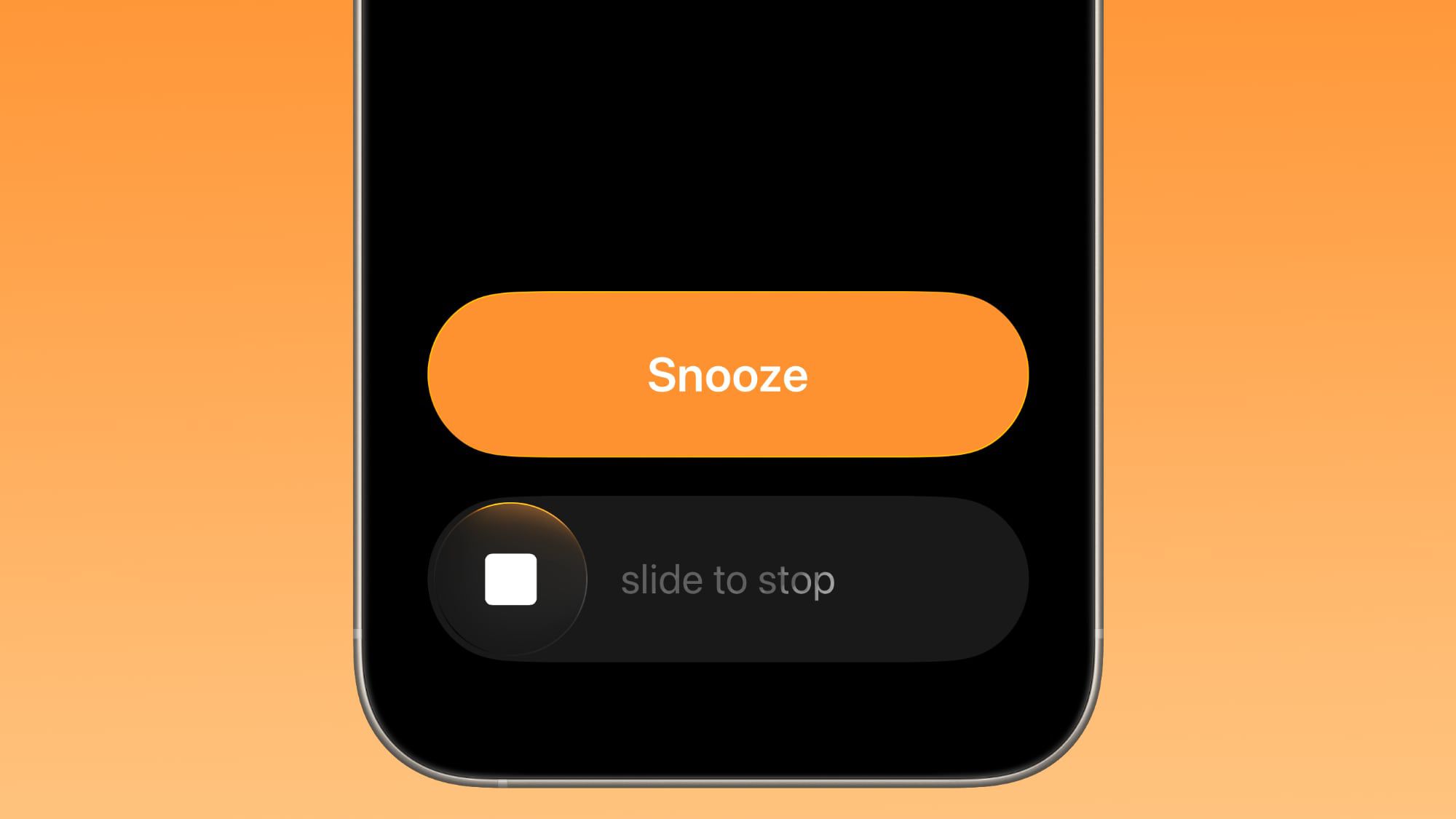Chances are high that most of us deal with USB cables at least once a day. Whether that’s because you’re plugging in your phone to charge, or connecting a device to your PC, USBs are a common part of life in our connected and tech-driven world. But have you ever stopped to wonder where USBs came from or even what USB means?
USB is short for Universal Serial Bus. It is an industry standard that was developed by the non-profit USB Implementers Forum, or USB-IF, which is made up of companies that include Microsoft and IBM. The goal was to create a standardized connection type that could provide power and data transfer functionality for components like keyboards, mice, and other devices that connect to personal computers.
Over the years, the types of available USB connectors have evolved, but the connection standard has remained, with ever-increasing adoption helping simplify how you connect and power your devices.
An evolving connection concept
Work on the development of USB first began in 1995 when seven companies including DEC, IBM, Microsoft, NEC, Nortel, and Compaq, collaborated to create the connection standard. This group became known as USB-IF, and it introduced the original iteration of USB in 1996. USB was launched as a replacement for various types of interfaces found on devices at the time, including game ports, Apple Desktop Bus ports, and serial ports. It was meant to make connecting devices and peripherals to your personal computer easier, thus helping push adoption of these new PCs.
The development of USB drew off concepts from the serial bus used in the 1979 Atari SIO, as well as from the 8-bit Atari computers and 1980’s Commodore Bus. These concepts were expanded on by an Apple-led consortium with support from other companies, including LG, Sony, Panasonic, Hitachi, Philips Electronics, and Texas Instruments. The USB standard continued to expand, becoming a mainstay for devices across the board, including smartphones, memory flash drives, printers, personal cameras, and webcams.
The rise of USB-C
Each evolution of USB has presented faster data and power transfer speeds, with USB 3.0 ushering in signal rates of up to 5 Gigabits per second (Gbit/s) in 2008. This was a massive improvement over the 2000s release of USB 2.0, which only offered a signaling rate of up to 480 Megabits per second. USB 3.1 arrived in 2013, capable of 10 Gbit/s, and USB 3.2 upped that maximum signaling rate to 20 Gbit/s in 2017. Of the differences between USB-C and USB4, one is the speedy 40 Gbit/s performance of USB4, which arrived in 2019. The latest upgrade to the connection standard, USB4 2.0 launched in 2022 with a max rate of 80 Gbit/s.
USB originally started as two different main types of connectors — USB-A and USB-B — depending on whether they were upstream or downstream connections. These different connector types can still be found on some devices, and there are other types of connectors that fall under these two hierarchies, including USB Micro and USB Mini.
In recent years, a major update was the introduction of USB-C, an important new connector type that offered both downstream and upstream connectivity. This latest connection type has seen heavy adoption by smartphones, wireless speakers, and other devices. Some of these, like computer displays, have also started to rely on USB-C to deliver power instead of a typical household plug and with the iPhone, the USB-C port is for more than just charging.

